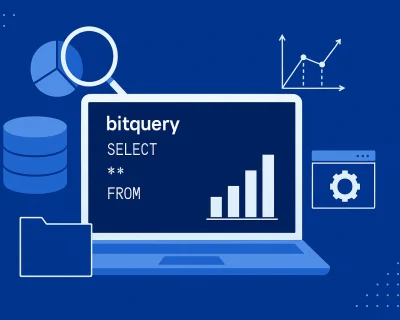15+ Best Crypto to Invest in 2025
We know that choosing some of the best cryptos to buy could be even more difficult when you don’t know all the ins and outs of crypto.
And after an eventful 2023 that deeply marked the cryptocurrency market through the Black Rocks approval on Bitcoin spot ETF and the recovery from the FTX incident and other damaging events, along with the end of the bear market, now at the halfway point of 2024, we must see how the rest of the year unfolds.
The Bitcoin ETF approval has improved things, thus marking an increase of +155.2% in 2023. This caused the cryptocurrency space to witness a doubled market cap, ending the year positively with an increase of 108.1%, reaching $1.72T. And if we look now, there are also a lot of discussions about an Ethereum ETF and a Solana ETF, so things may look even better.
As a result, many crypto traders and investors wonder which crypto coins are worth investing in 2024 and which crypto assets have the most potential for the years to come.
Luckily for all of you, we’ve analyzed some of the best crypto to buy so that you can have a starting point in your crypto assets investing strategy. However, we suggest that you study the crypto markets and maybe a 2023 crypto report to make an informed decision and have a better overview of the crypto landscape.
It is well known that past performance doesn’t guarantee future returns, so taking everything with a grain of salt is essential, especially since the information presented in this article is not financial advice and digital assets, in general, are highly volatile.
The Best Crypto to Buy Now? Top 15+ Cryptos to Invest
If you’re looking for those cryptos with the most potential to buy in 2024, discover our complete list of the best cryptos to invest in right now. Depending on its risk and reward levels, we’ve selected some of the best crypto to buy in 2024.
So, let’s jump in!
Disclaimer. This article explores a variety of cryptocurrencies with different risk-reward profiles, including both low-risk/low-reward and high-risk/high-reward options. Please note that stablecoins (pegged generally to fiat currencies like USD) are not covered as their value fluctuates minimally.
[nativeAds]
Low Risk – Low Reward Cryptocurrencies To Buy
1. Bitcoin (BTC)
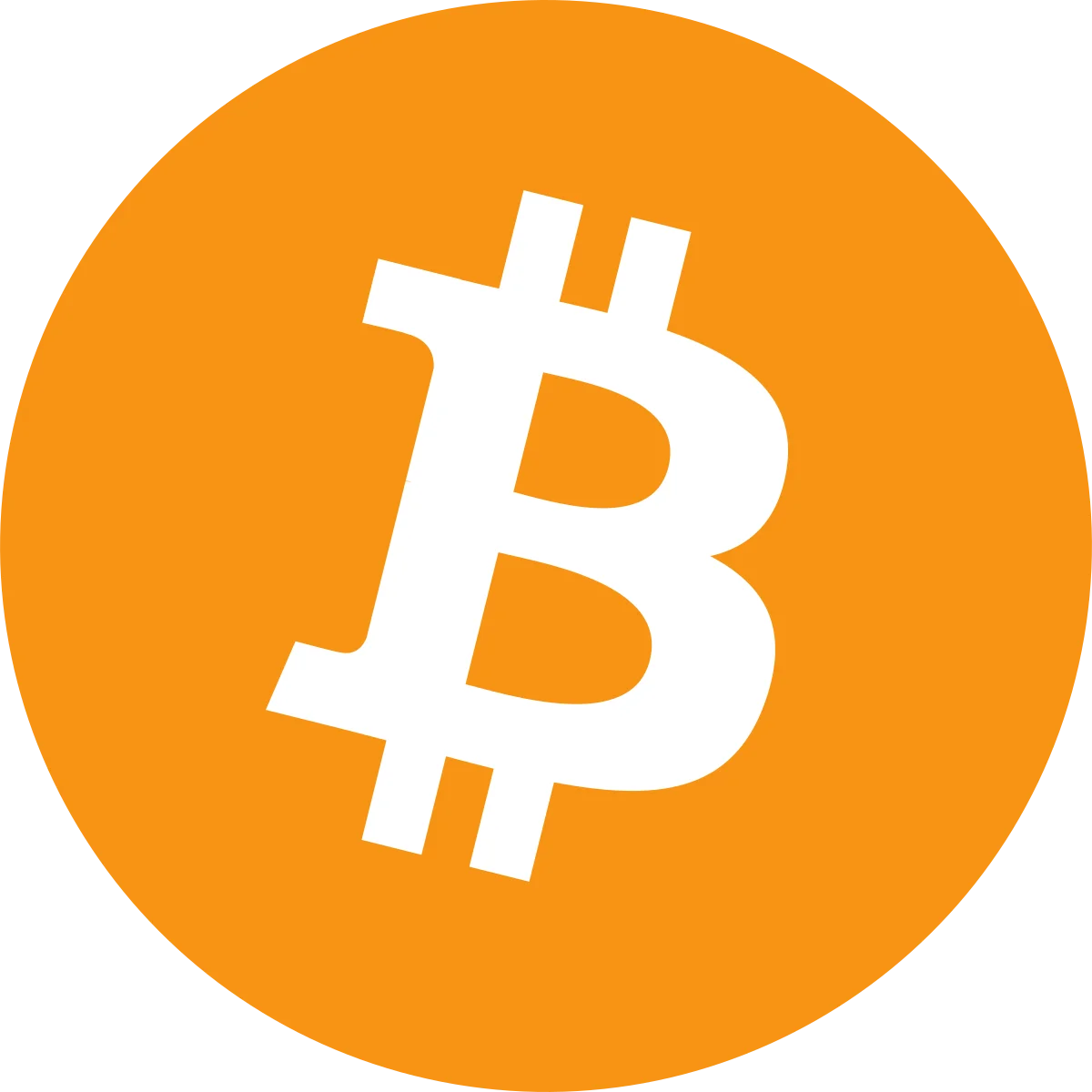
- Sentiment: Bullish;
- F&G Index: 56 (neutral);
- Market Capitalization: $1,121,808,130,426;
- 24H Trading Volume: $34,021,406,911;
- BTC Price as of Today: $56,825.28
Bitcoin is the most popular cryptocurrency and doesn’t need any introduction. It’s the original cryptocurrency and the most trusted and used cryptocurrency worldwide. Given past market returns and the limited token supply, Bitcoin is one of the most valuable cryptocurrencies.
Not to mention that BlackRock’s approval on spot ETF has brought new grounds, whereas many crypto analysts believe that Bitcoin will reach the maximum price of $145,943.93 by the end of the year. As a result, Bitcoin seems to be the best crypto to buy if you don’t want any hassle with Decentralized Finance, new cryptocurrency markets, and other meme tokens.
2. Ethereum (ETH)
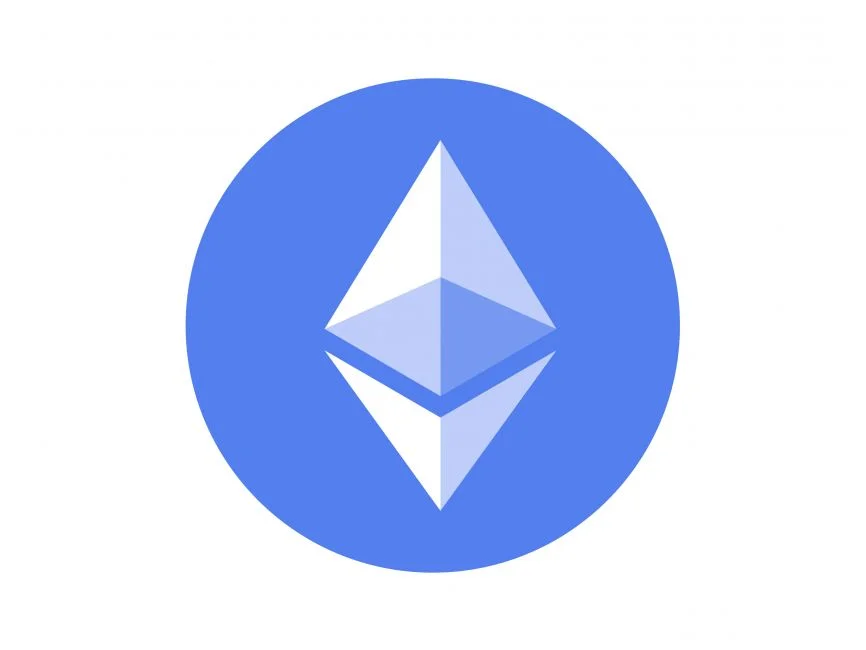
- Sentiment: Bullish;
- F&G Index: 59 (neutral);
- Market Capitalization: $363,244,609,977;
- 24H Volume of Trade: $18,494,944,262;
- ETH Price as of Today: $3,021.92.
The king of smart contracts, the first blockchain that allowed you to create tokens, and the utility token – Ethereum. Created by Vitalik Buterin and being the second world’s largest crypto by market cap, Ethereum supports smart contracts and had the most significant adoption due to the Decentralized Finance mania and presale tokens.
Furthermore, in 2024, Ethereum is still a top pick, especially since it is the native currency of the Ethereum blockchain. It’s still used as a network payment method and transaction fee, and most importantly, it permanently destroys its tokens, thus reducing the supply over time. As the supply decreases, the value increases.
Not to mention that this cryptocurrency stands at the core of many Play-to-Earn and other decentralized applications and DeFi projects, which are set to grow in future years.
3. Solana | SOL
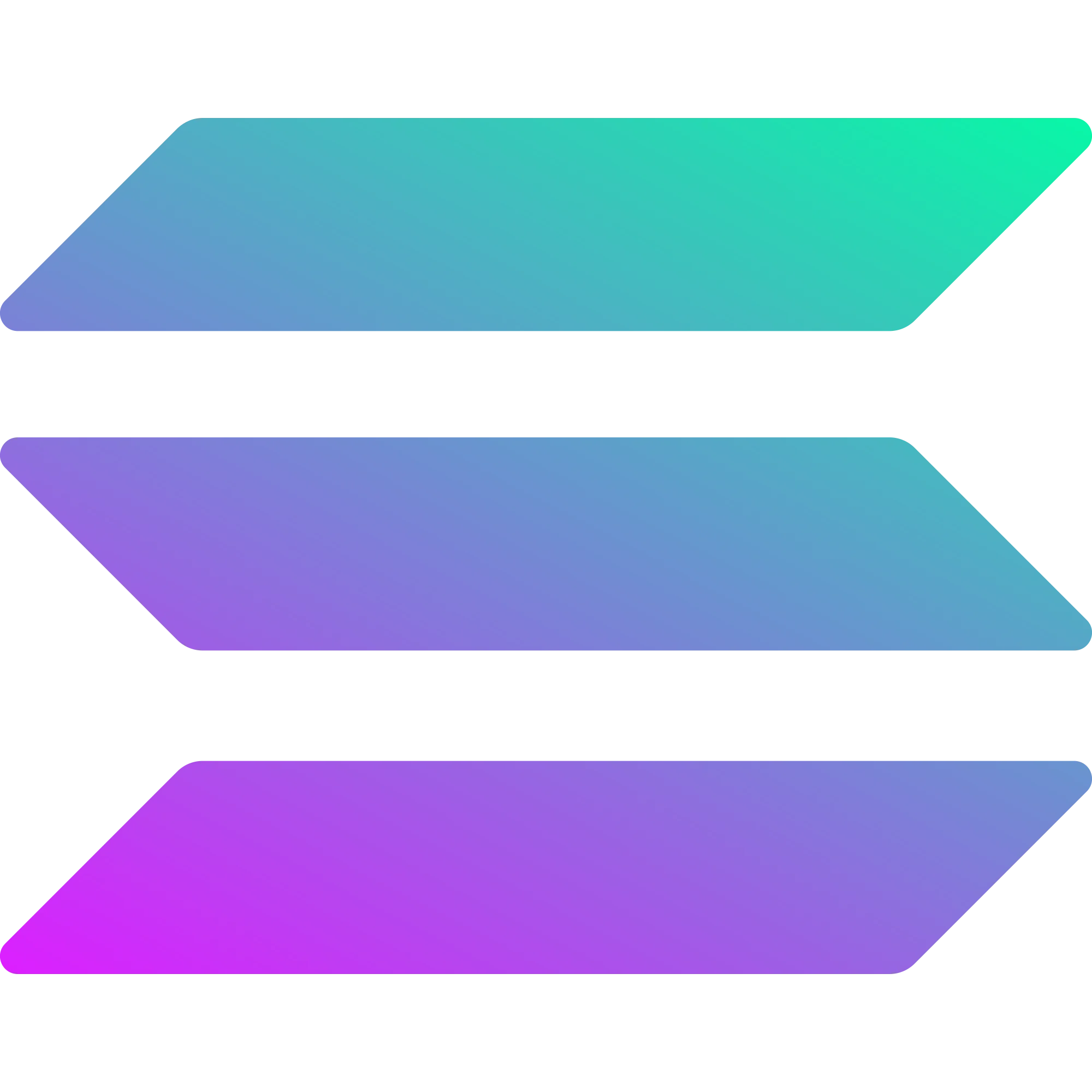
- Sentiment: Bullish;
- F&G Index: 56 (neutral);
- Market Capitalization: $64,906,185,631;
- 24H Volume of Trade: $3,021,649,354;
- SOL Price as of Today: $139.85.
Solana is another crypto project that has endured for as long as it’s been on the market and had the great resurrection of 2023, thus ending Q4 with a 374% price increase. Also, it has more room to grow even in 2024. As of July 2024, Solana takes the 5th place by market cap.
SOL, its native token, could be one of the many crypto investment opportunities that enjoy the spotlights, especially since it seems to be on a growth trajectory after a significant collapse in 2022, influenced by the FTX meltdown.
So, for investors wondering whether SOL will recover and if it is a reliable crypto project, we can say that Solana has shown us high levels of resilience over the years.
Also, its early investors are still pondering whether Solana will challenge Ethereum in its decentralized applications dominance.
4. Avalanche (AVAX)

- Sentiment: Bullish;
- F & G Index: 55 (neutral);
- Market Cap: $10,459,631,165;
- 24H Volume of Trade: $370,682,757;
- AVAX Price as of Today: $26.65;
Avalanche was born in 2020 with the sole mission of solving some Ethereum blockchain downfalls, such as more scalability for dApps, interoperability, and low latency, and having solid fundamentals for the GameFi landscape and executing smart contracts.
At this moment, in July 2024, Avalanche is amongst the top 15 crypto projects by market cap and has doubled its value compared to a year ago. Since then, it has shown resilience to market movements.
Due to the GameFi industry’s potential growth to $90.51B by 2031, AVAX’s innovative infrastructure, and low transaction fees, it grew its appeal to crypto investors and developers looking to break into the GameFi market and dApps ecosystem.
5. Chainlink (LINK)
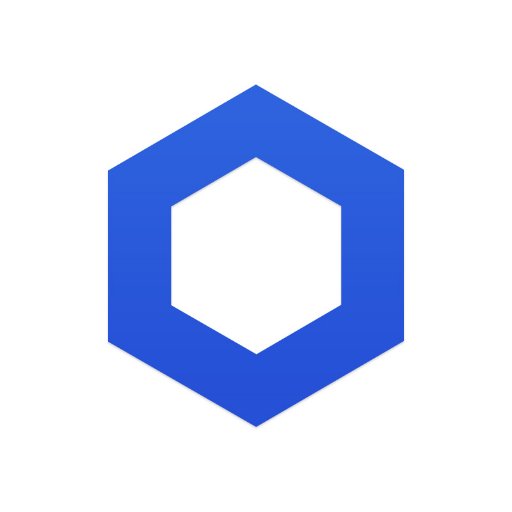
- Sentiment: Bearish;
- F&G Index: 44 (neutral);
- Market Cap: $7,968,631,887;
- 24H Volume of Trade: $393,185,276;
- LINK Price as of Today: $13.10.
Any crypto investor could confirm that Chainlink is the gatekeeper of various blockchain networks, enhancing security and catering to the decentralization of smart contracts. As such, it provides reliable and tamper-proof data feeds and end-to-end decentralization, enabling Ethereum blockchain and others to collect real-world data, like stock prices, sports scores, and others.
LINK, its native token, was among the top five DeFi tokens in 2023, showcasing a major growth of 168% for the full year. As we know, it’s the backbone of many Web3 dApps. As a result, we believe that the demand for LINKs will grow exponentially this year and beyond.
6. Uniswap (UNI)

- Sentiment: Bullish;
- F&G Index: 56 (neutral);
- Market Cap: $4,710,741,528;
- 24H Volume of Trade: $167,075,922;
- UNI Price as of Today: $7.85.
If you’re a trader who caught the 2021 bull market, you have heard about Uniswap, the biggest decentralized cryptocurrency exchange in the DeFi summer of 2020. Moreover, traders started to buy new cryptocurrencies launched on the Ethereum network from Uniswap, whereby everyone could create a liquidity pool for their token.
Concepts like yield farming, liquidity pool, and DeFi appeared due to Uniswap and its simple yet efficient model. Soon enough, Uniswap decided to launch its governance token – the UNI token.
Built originally on the Ethereum blockchain and listed on all of the major cryptocurrency exchanges, UNI could be one of the best crypto to invest in 2024.
7. Toncoin (TON)
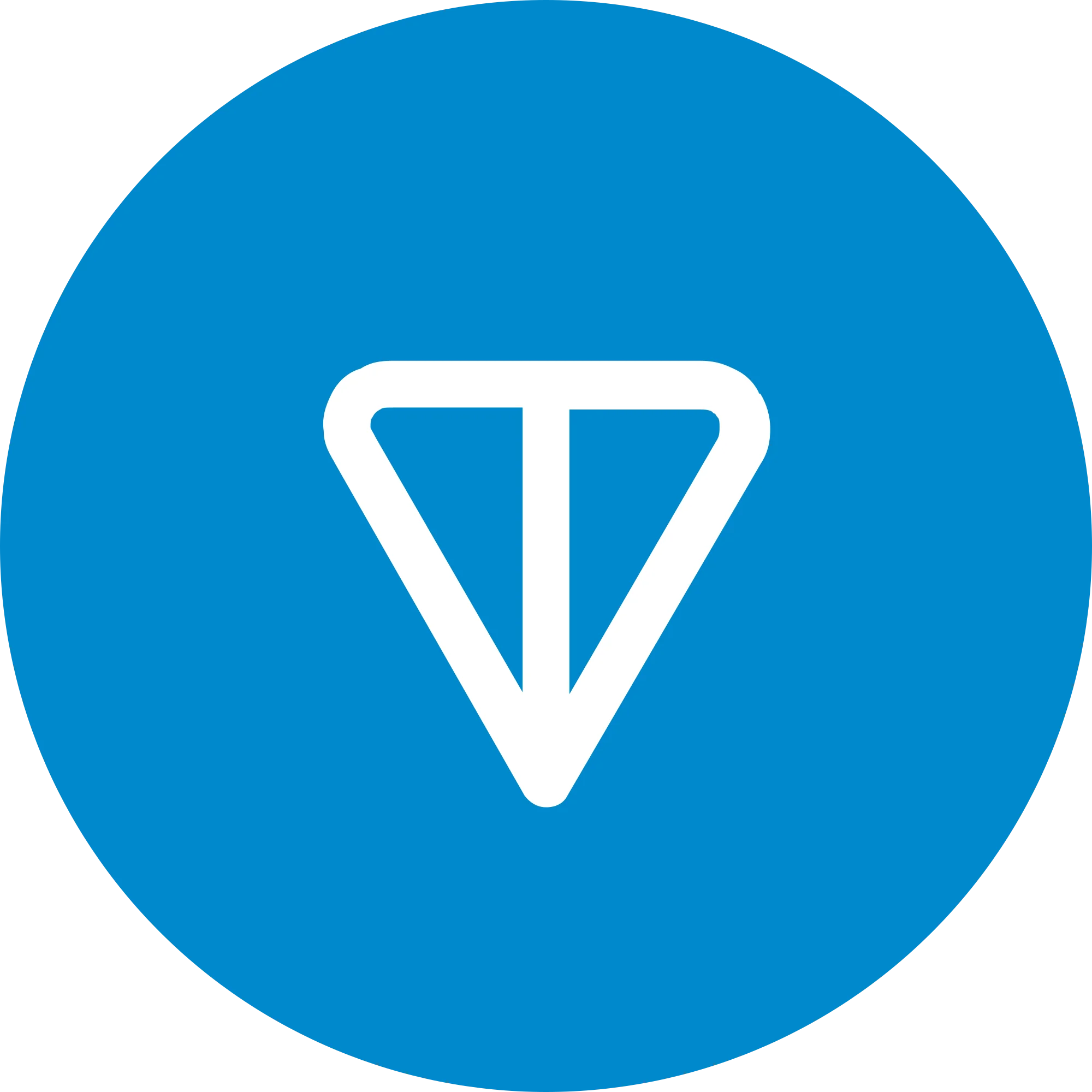
- Sentiment: Bullish;
- F&G Index: 100% (extreme greed);
- Market Cap: $17,596,467,168;
- 24H Volume of Trade: $250,180,579;
- TON Price as of Today: $7.29.
Launched in 2018, the crypto asset was developed by Telegram’s founder, Pavel Durov, and was intended to offer a fast and scalable environment for dApps and smart contracts.
As a result, the Toncoin blockchain supports shards and can support millions of transactions per second while providing interoperability on the main chain.
Moreover, TON enables transactions and services in its network yet requires a considerable amount to run a validator or service node. On the other side, users may stake TON for rewards.
As of July 2024, Toncoin is in 8th place by market capitalization.
High Risk – High Reward Crypto Assets To Buy
8. Cosmos (ATOM)
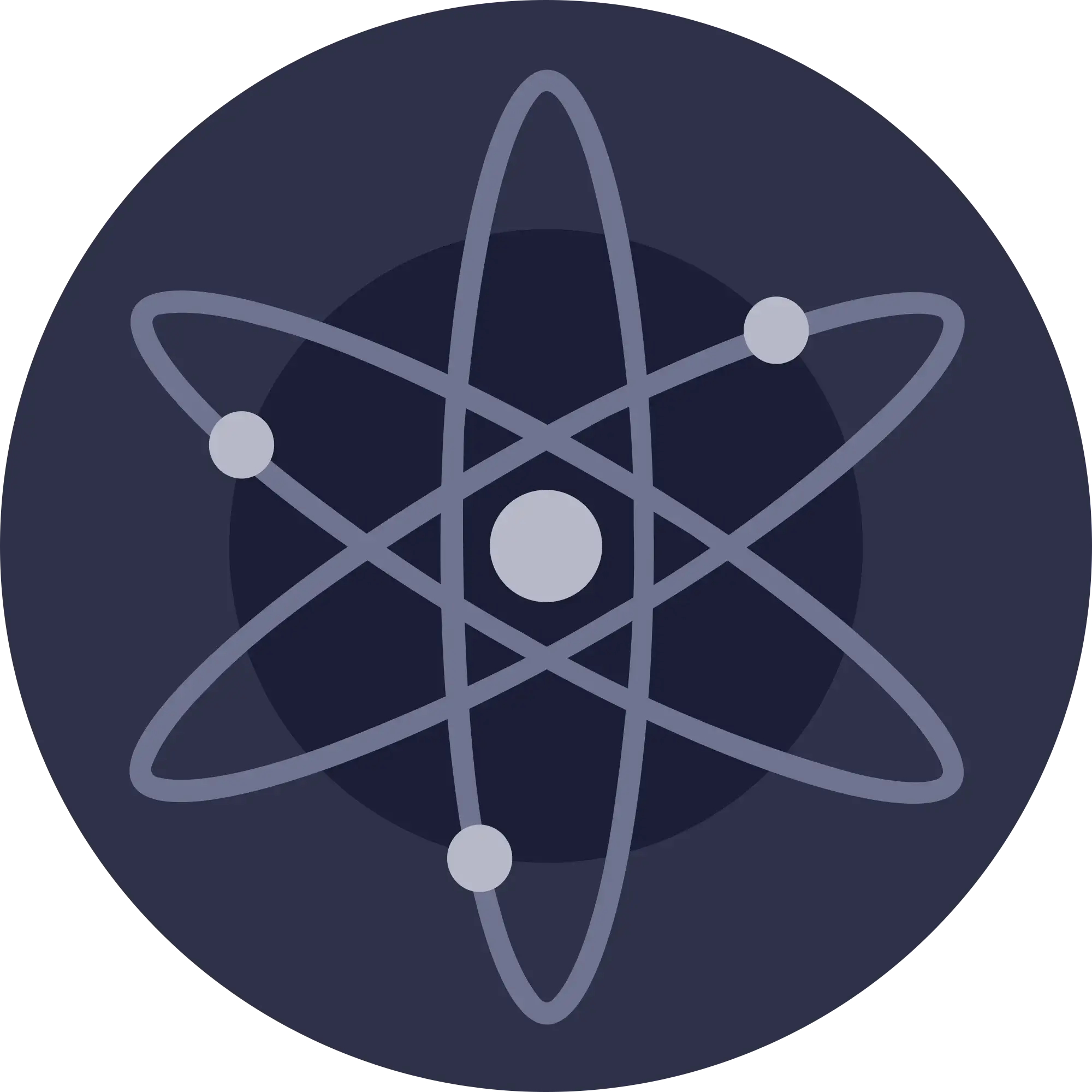
- Sentiment: Bearish;
- F&G Index: 20 (extreme fear);
- Market Cap: $2,314,509,503;
- 24H Volume of Trade: $168,530,724;
- ATOM Price as of Today: $5.93.
Cosmos was created in 2016 by Ethan Buchman. Its native token, ATOM, is used to pay network fees and develop interoperable blockchains.
Besides that, validators who choose to stake ATOM will receive around 9.22% per year in token rewards, and investors will compound rewards to maximize the passive rewards.
ATOM token holders had good results in the past, as many cryptocurrencies launched on Cosmos’s Tendermint offered airdrops for ATOM stakers. So, besides the APR that ATOM offers, there are also airdrop rewards. OSMO was their best airdrop, with over 50M OSMO airdropped (worth over USD 500 million at its top value).
Even if ATOM doesn’t have a maximum supply, it’s an excellent cryptocurrency to have in your portfolio, as you may receive more quality airdrops in the future.
9. Near Protocol (NEAR)

- Sentiment: Bearish;
- F&G Index: 21 (extreme fear);
- Market Cap: $4,921,786,903;
- 24H Volume of Trade: $318,833,439;
- NEAR Price as of Today: $4.50.
Near Protocol (NEAR) is another top cryptocurrency to watch in 2024. It’s a blockchain platform focused on making things easy for developers. They do this by providing user-friendly tools and a super-scalable network.
Basically, Near helps developers build and launch decentralized applications (dApps) faster and smoother.
One of Near’s big advantages is its “nightshade” technology. This lets the network handle more activity without slowing down, which is a common problem for blockchains.
NEAR has been one of the hottest cryptocurrencies in the past year, with a growth of 406%. This impressive performance suggests it could be a rising star in the industry.
While future price predictions are uncertain, NEAR’s recent growth and focus on developer-friendliness make it a project worth considering.
10. Aptos (APT)

- Sentiment: Bearish;
- F&G Index: 27 (fear);
- Market Cap: $2,670,776,235;
- 24H Volume of Trade: $152,048,796;
- APT Price as of Today: $5.88.
Theoretically, Aptos blockchain claims they can support 160,000 transactions per second. It was created using Move custom programming language, initially created for Diem Blockchain.
APT launched at $3 on the Binance Crypto Exchange and increased in a few weeks to $18. However, the APT started to lose its value right after, sitting at around $5.88 at the time of writing. We believe Aptos can reach $18 again in a very strong bull market. However, the long-term price prediction we see is $30+.
11. Optimism (OP)

- Sentiment: Bearish;
- F&G Index: 29 (fear);
- Market Cap: $1,669,778,727;
- 24H Volume of Trade: $276,881,097;
- OP Price as of Today: $1.49.
Optimism is a swift, reliable, and expandable Layer 2 solution crafted by Ethereum developers for users & developers. Its architecture mirrors the Ethereum Virtual Machine (EVM), ensuring seamless scalability for your Ethereum applications.
What’s interesting about Optimism is that it offered a massive airdrop when it launched, attracting many users. So many users participated in the Optimism ecosystem using their DeFi platforms. And there are more exciting things about Optimism. Optimism has such a good blockchain that it made an enterprise solution that Binance and Coinbase use.
12. PancakeSwap (CAKE)

- Sentiment: Bearish;
- F&G Index: 25 (fear);
- Market Cap: $482,339,809;
- 24H Volume of Trade: $25,602,269;
- CAKE Price as of Today: $1.79.
PancakeSwap uses an AMM model that eliminates the need for traditional order books, allowing users to trade directly from their crypto wallets. Also, CAKE users can participate in liquidity pools to earn various rewards while staking and doing so through various yield farming opportunities.
Crypto experts consider CAKE the next big thing in the future, especially since it partnered strategically with Binance Smart Chain to offer lower fees and faster transactions.
13. Cronos (CRO)

- Sentiment: Bearish;
- F&G Index: 40 (neutral);
- Market Value of Equity: $2,252,077,768;
- 24H Volume of Trade: $7,655,616;
- CRO Price as of Today: $0.084.
Cronos, originally Crypto.com’s second native token, is another great cryptocurrency to invest in 2024. It’s Binance Coin’s main competitor in the US, Canadian, and European markets.
But CRO has many benefits besides to offer, such as:
- You can get lower transaction fees on the Crypto.com exchange.
- Use it on Cronos DeFi platforms and earn a yield on it.
- Use it to purchase stuff on Crypto.com Pay.
- Pay for Diamonds in Loaded Lions – Crypto.com’s browser game where competitive mode offers a 100,000 USD starting prize pool.
Cronos previously had a top value of 0.90 USD in 2021, and we believe that with the right partnerships and catalysts, early investors can profit by investing in it. Hitting $0.90 again is less likely but not impossible. Additionally, CRO can be staked so that you can earn passive income from it.
14. Kaspa (KAS)
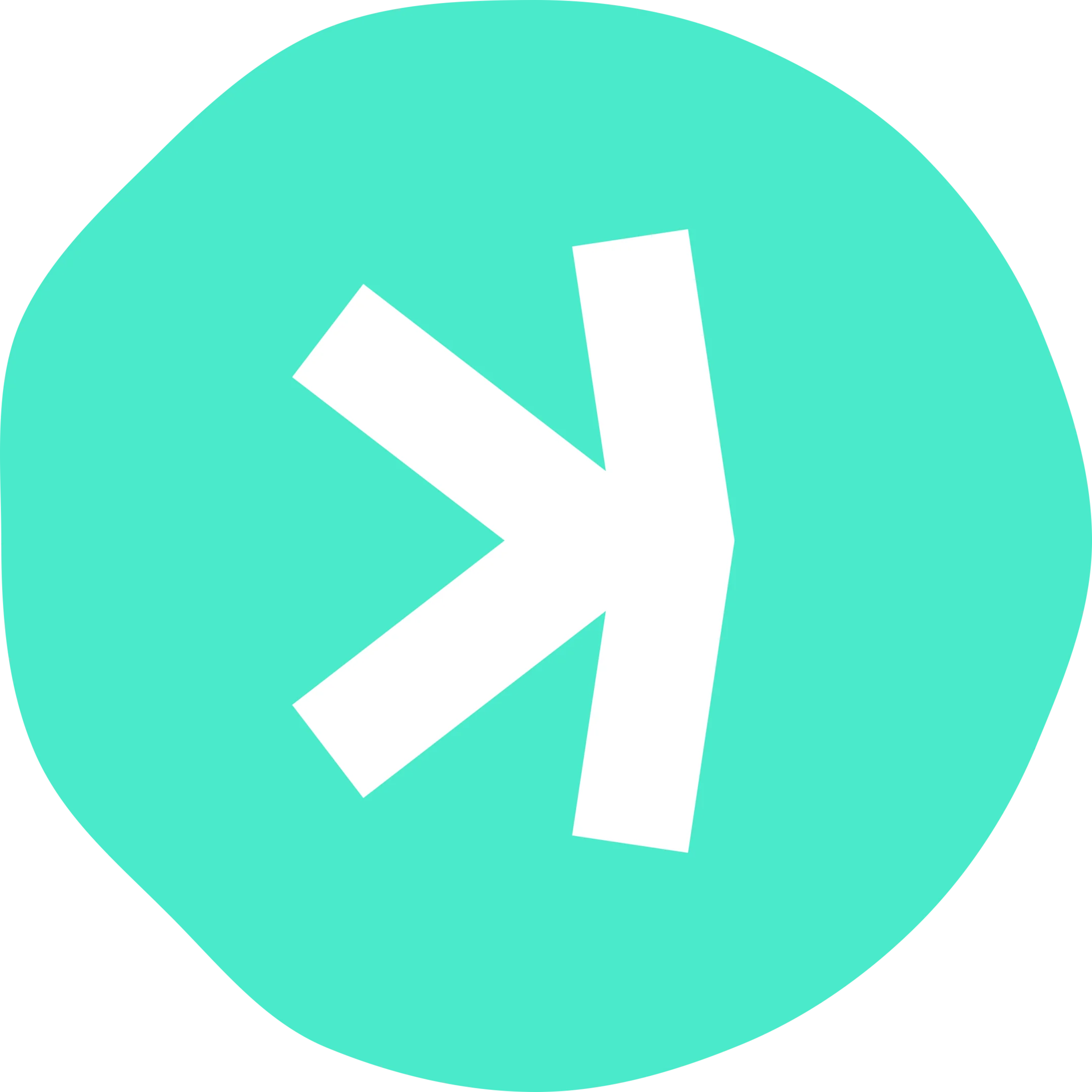
- Sentiment: Bullish;
- F & G Index: 51 (neutral);
- Market Cap: $4,146,387,553;
- 24H Volume of Trade: $88,240,940;
- KAS Price as of Today: $0.17.
Kaspa is the world’s quickest open-source Layer-1, offering decentralized and entirely scalable solutions.
The world’s premier blockDAG is a digital ledger that supports simultaneous blocks and offers immediate transaction validation. It’s constructed on a solid proof-of-work foundation with fast one-second block intervals.
That might be hard for a nontech person to understand, so let us help. Kaspa was launched on November 7, 2021. There weren’t any pre-mined tokens sold to investors or anything similar. Since its launch, Kaspa has gathered much attention from the crypto space.
Crypto speculators are comparing Kaspa with Solana (which reached a 70B market cap). That doesn’t mean it will reach that value; however, it’s one of the best cryptos to buy now, even with the massive market cap.
We believe there’s still room for growth for KAS. It still needs to be listed on Binance or Coinbase, but it’s listed on KuCoin and a few other similar cryptocurrency exchanges.
15. zkSync (ZK)

- Sentiment: Bearish;
- F & G Index: 41 (neutral);
- Market Cap: $550,898,604;
- 24H Volume of Trade: $157,334,220;
- ZK Price as of Today: $0.15.
ZKsync is a Layer-2 scaling solution designed to make Ethereum transactions faster and cheaper by processing them off the main Ethereum chain.
It does this by using zero-knowledge rollups (zk-rollups), which bundle multiple transactions together and handle them off-chain. This is similar to adding an extra lane to a congested highway, providing more space for transactions to move and reducing traffic jams on the main Ethereum network.
ZKsync starts by using zk-rollups to collect and bundle off-chain transactions into batches. This avoids the inefficiency of processing each transaction individually.
After bundling the transactions, ZKsync creates zero-knowledge proofs (ZKPs) to verify the batches. These proofs are then submitted to the Ethereum mainnet, where they are verified. Once validated, the transactions are officially recorded on the blockchain, ensuring they are secure and confirmed while benefiting from reduced costs and faster processing times.
Since its inception, there has been a lot of buzz around this project, making him promising for 2024 and beyond.
16. LayerZero (ZRO)

- Sentiment: Bearish;
- F & G Index: 47 (neutral);
- Market Cap: $423,898,016;
- 24H Volume of Trade: $346,241,107;
- ZRO Price as of Today: $3.84.
LayerZero (ZRO) is a crypto project tackling a major blockchain hurdle: communication between blockchains. LayerZero aims to build bridges between different projects, allowing seamless transfer of data and assets across various networks.
This “blockchain of blockchains” approach, facilitated by their lightweight Ultra Light Nodes (ULNs), could revolutionize how blockchains work together in the future.
However, LayerZero is a young project in a rapidly evolving space. While its potential for omnichain applications is undeniable, its success hinges on widespread adoption by other blockchain networks.
Investing in LayerZero offers the chance to be at the forefront of this exciting development, but it also carries a significant risk. The technology is still under development, and the long-term viability of the project remains to be seen. Carefully consider your risk tolerance before diving in, but LayerZero is definitely a project to keep a close eye on.
17. Akash Network (AKT)
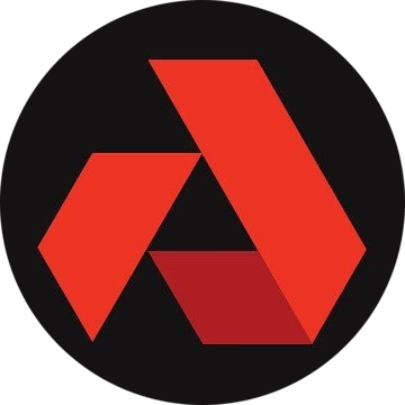
- Sentiment: Bearish;
- F & G Index: 27 (fear);
- Market Cap: $423,898,016;
- 24H Volume of Trade: $346,241,107;
- AKT Price as of Today: $3.84.
Akash Network (AKT) is a groundbreaking project in cloud computing, leveraging blockchain technology to create an open-source, decentralized marketplace for cloud resources.
This “Supercloud” aims to disrupt traditional cloud services by offering faster, more efficient, and affordable access to essential computing resources.
At its core, Akash Network enables the buying and selling of computing power, providing a more efficient, secure, and cost-effective solution for users and providers.
The platform operates using its native crypto token for transactions, staking, and governance, ensuring participation and maintaining the platform’s security and integrity. Its decentralized nature offers a transparent and trustless environment where transactions are secure and user privacy is upheld.
How We Analyzed the Best Cryptocurrency to Invest in 2024
Whether you pick a crypto to invest in or you earn crypto rewards, selecting the best ones is tricky, especially if you’re a beginner. But we’re here to make it all easier by showing you a few cryptocurrencies with a real upside potential based on various factors.
As it’s not our first lousy market, we’ve repeatedly seen a few similar patterns, and before, we’ll mention some of the things we take into consideration when analyzing a cryptocurrency:
The State of The Crypto Market in 2023 vs 2024
As discussed, the crypto market is on the verge of a new bull run after almost three eventful years. In contrast, the crypto markets were shocked to the core through multiple lawsuits, new crypto project regulations, banking crises, etc.
However, 2023 was the year of slow recovery for many crypto projects, and as a result, we must patiently wait to discover what the new year has prepared for us.
Blockchain Technology Security and Transparency
As mentioned and already known, we all endorse blockchain technology, yet not all blockchain networks are safe, reliable, and have many beneficial features, such as interoperability.
Moreover, security and transparency can make or break your gains, either through poor governance or lack of transparency and being a haven for scammers. So, doing your due diligence and research before investing could be the one thing that helps you ensure a smooth crypto investing journey.
Utility and Adoption
These are probably the two most essential things for all digital assets. A good crypto should have a wide adoption and a use case for the market. Otherwise, its price may increase drastically and break your profits.
Market Cap
A promising cryptocurrency must have a decent market cap that is not too high so it would be possible to increase in the future. Also, there can be exceptions to the rule, but it is equally important to look for other metrics and considerations before investing.
The Development Team
Considered one of the most critical factors, the development team plays a vital role in the lifespan of a crypto project. A good team will not give up after its first rodeo and knows how to manage its cryptocurrency properly.
Crypto Community
Token holders always make a difference in the cryptocurrency they invest in. The higher the cryptocurrency, the higher their rewards. The monetary benefit will always be a massive factor for holders, who will shill the crypto to their friends and online.
FAQ on The Best Cryptocurrency to Buy in 2024
What Crypto Will Do a 1000X in the Next Bull Market?
Finding a 1000x cryptocurrency is hard because you have to be very early. You must be friends with the founder or have massive connections to get something like that. Most traders find out about a cryptocurrency after it did a 10x or 20x.
Which Cryptocurrency Is Best to Invest in Now?
You can pick the low-risk or high-risk crypto mentioned in this article according to your risk appetite. We cannot recommend you the best, as the future might surprise us, and you must do your crypto assets research before investing, not relying wholly on others’ opinions.
Which Crypto Coin Will Rise in 2024?
We are still determining what crypto will rise in 2024, but all of our mentioned coins have the potential to grow in price in a decent bull market. Most are quality cryptocurrencies with an experienced team that can bring them to the next level.
Will Bitcoin Reach $100,000 in 2024?
We cannot predict if Bitcoin will reach $100,000 in 2024, but historically, Bitcoin has increased in price in the halving years. Given that Bitcoin recently had its halving this year, let’s see what the future unfolds.
Final Thoughts
Regardless of your investment strategy, the golden rule is this: don’t put all your eggs in one basket. As a result, investing in low and high-risk rewards requires a mix of cautious research, looking at market sentiment and movements, and taking everything with a grain of salt without investing big in only one crypto.
As mentioned, please note that this article is not financial advice, and you should research before investing in cryptocurrency or speaking with a CPA.






